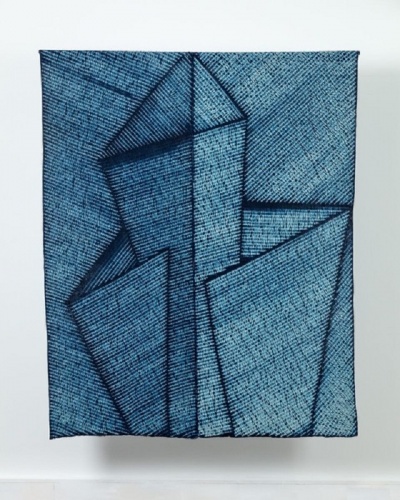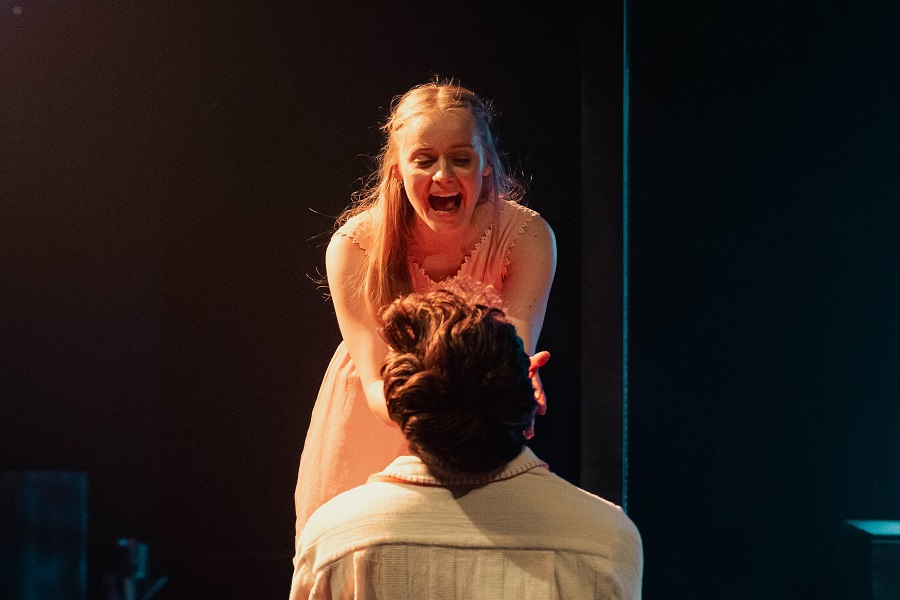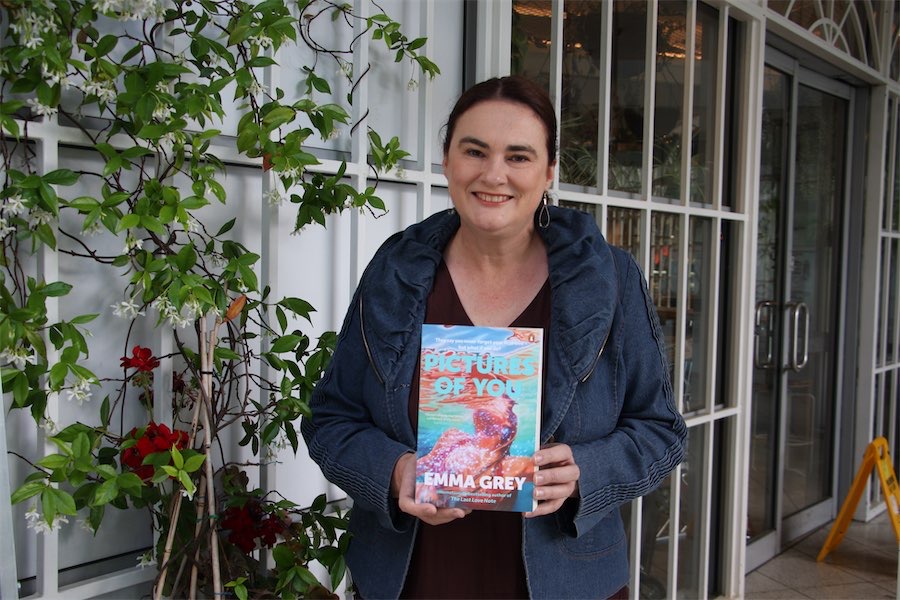
CANBERRAN Keiko Amenomori-Schmeisser describes herself as a Japanese Australian artist, who grew up and studied textile design in Germany. She is an artist and designer, working primarily in textiles and specialising in shibori.
Amenomori-Schmeisser returned to Japan from Germany when she was 11-years-old and could write her name in Japanese. When learning to write in Japanese, she learned the power of language through the pictographs and culture of calligraphy and the strict positioning of the strokes and dots of a character. She learned about the importance of the white space on the page and the need for balance between black and white within a given space. Her lessons in neat writing were also her first design lessons.
Shibori is the Japanese term given to both the process and the product of fabric that is stitched, knotted and otherwise manipulated to create a pattern when it is dyed. These techniques of shaped resist dyeing are found around the world, however, nowhere has such intricacy and complexity been achieved as Japan.

This consummate artist has developed the art of shibori through constant experimentation and practice. She changes the direction of the stitching, uses different thicknesses of thread and different stitching to achieve the amount of colour and texture she wants. The works in this exhibition are particularly strong, they’re almost three dimensional in appearance and not solely through the rippling surface. Strong, dark diagonals not only mark the change of direction of the “background” lines, but create a 3D image from the flat fabric – as though it were added to the surface.
Indigo dyeing requires a specialist’s knowledge. Amenomori-Schmeisser stitched the fabrics in Canberra and took them to a master dyer’s workshop in Tokushima, Japan, where the dye vats are always prepared and ready for use. The stitched bundles were dipped 15 times to achieve the depth of colour that the artist was seeking.
Adding contrast to the deep blue, Amenomori-Schmeisser is exhibiting three gold pieces, where she has built up a thick surface of gold and bronze, layer by layer. This adds to the structure and colour range of the pieces and gives the cloth a rigidity that allows three-dimensional forming. Drawing the lower hem together gives an architectural element.
This sophisticated exhibition is elegant and complements the work titled “The Void: Reimagining Enrico Taglietti” in the other part if the gallery. The exhibition should not be missed.
Who can be trusted?
In a world of spin and confusion, there’s never been a more important time to support independent journalism in Canberra.
If you trust our work online and want to enforce the power of independent voices, I invite you to make a small contribution.
Every dollar of support is invested back into our journalism to help keep citynews.com.au strong and free.
Thank you,
Ian Meikle, editor




Leave a Reply